
Budget Racer's Guide: Fire System Requirements and Cost-Saving Tips for 2023
AFFF versus Novec fire systems offer different benefits for racing applications. AFFF systems start around $400 and use a foam suppressant that's effective but messy. Novec systems begin at $700, deploy as a gas, and leave no residue but have higher maintenance costs.
FIA-certified systems last 10 years while SFI certification only allows 6 years of use. Both require professional servicing every 2 years, costing $125-350 depending on the suppressant type.
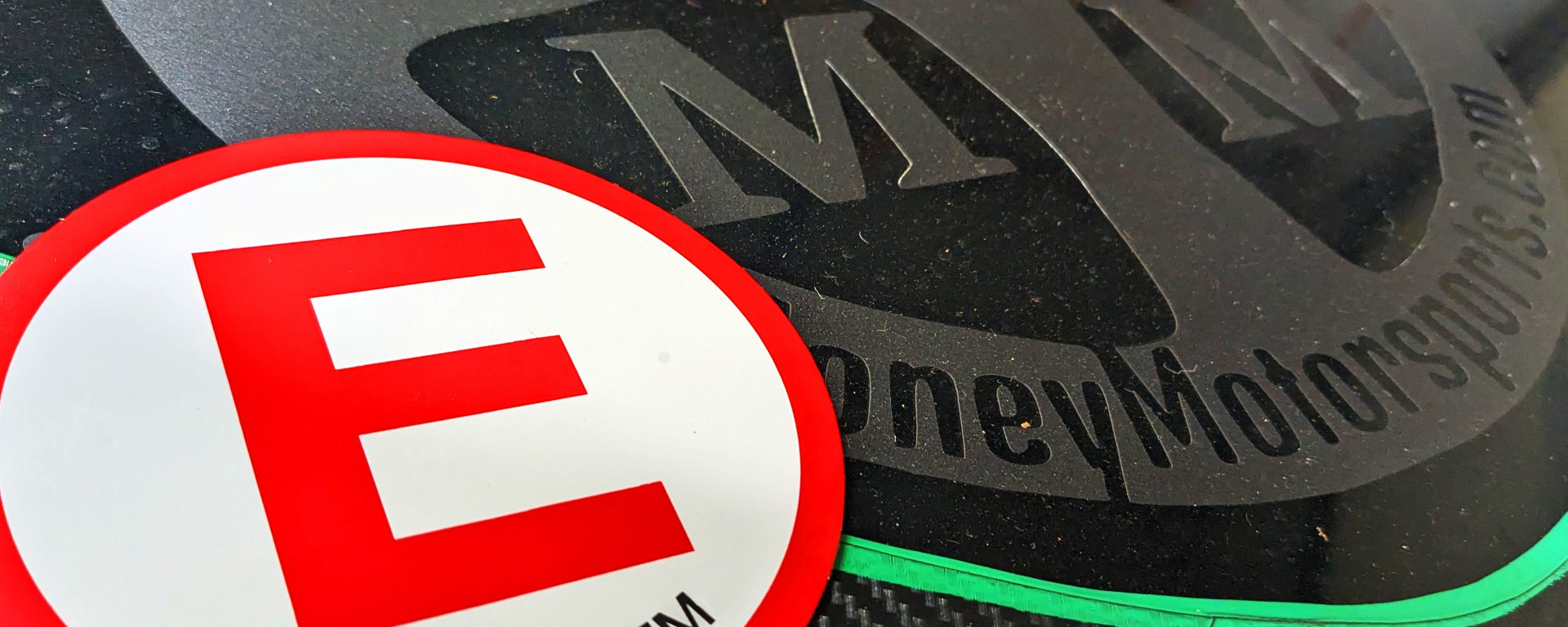
Fire system activation label E decal
Key considerations when choosing a system:
- AFFF/ABF Systems:
- Lower initial cost ($400-500)
- Messy when deployed
- Service costs around $150
- Water-based (can freeze)
- Larger bottle size
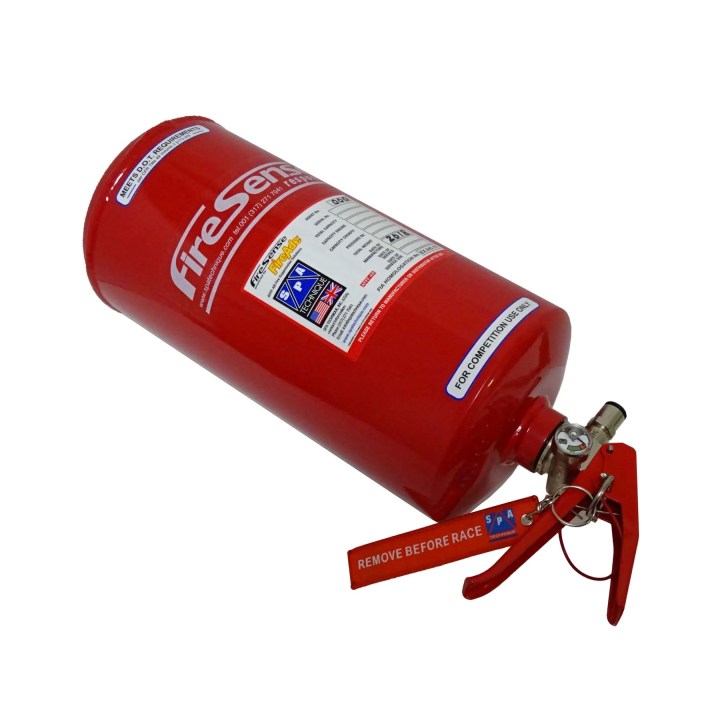
SPA AFFF fire system bottle
- Novec Systems:
- Higher initial cost ($700+)
- No residue when deployed
- Service costs $150-300+
- Won't freeze
- Compact size
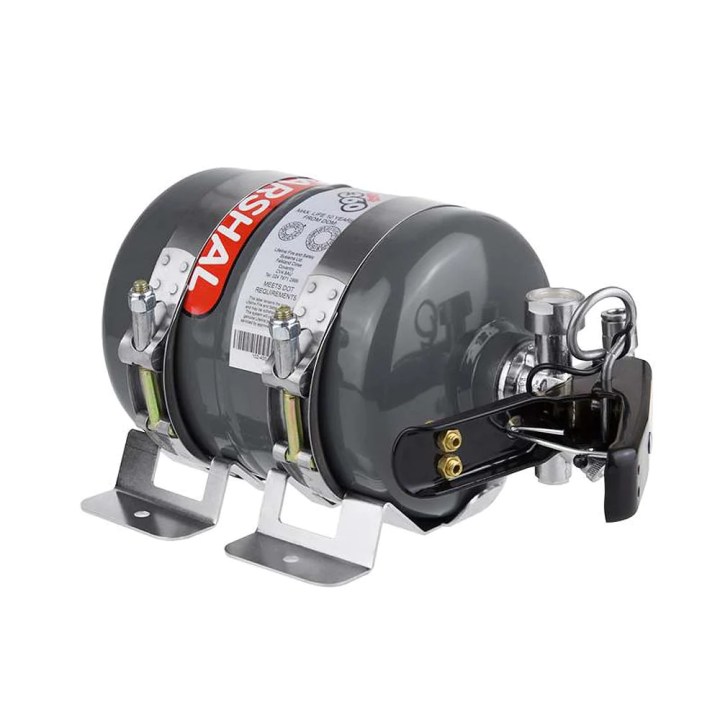
Racing car fire suppression system
Maintenance requirements:
- Professional service every 2 years
- Hydro testing after 5 years
- Maximum life: 6 years (SFI) or 10 years (FIA)
- Service typically completed within 24 hours
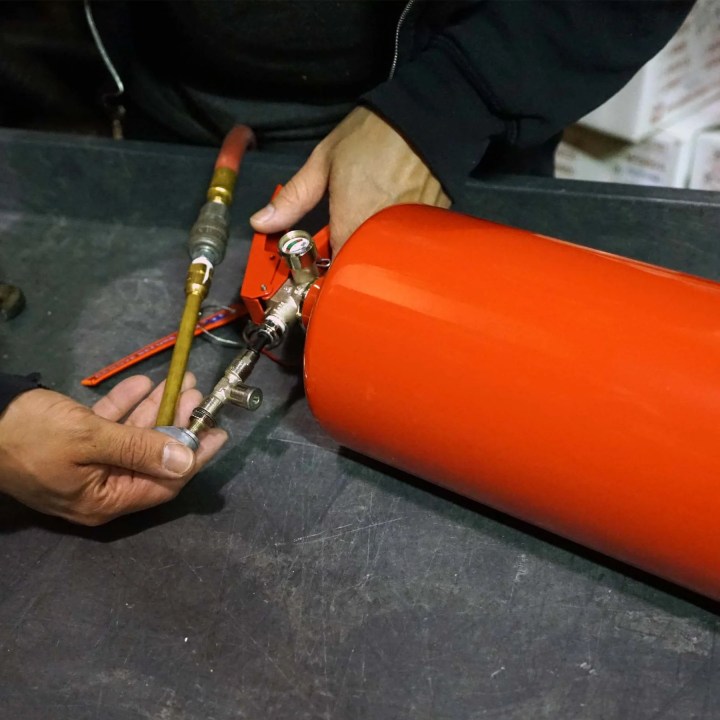
Mechanic refilling racing car fire system
For budget-conscious racers, the Lifeline Zero 2020 ABF system offers a good compromise with:
- Updated suppressant material
- Smaller bottle size
- Moderate service costs
- FIA certification
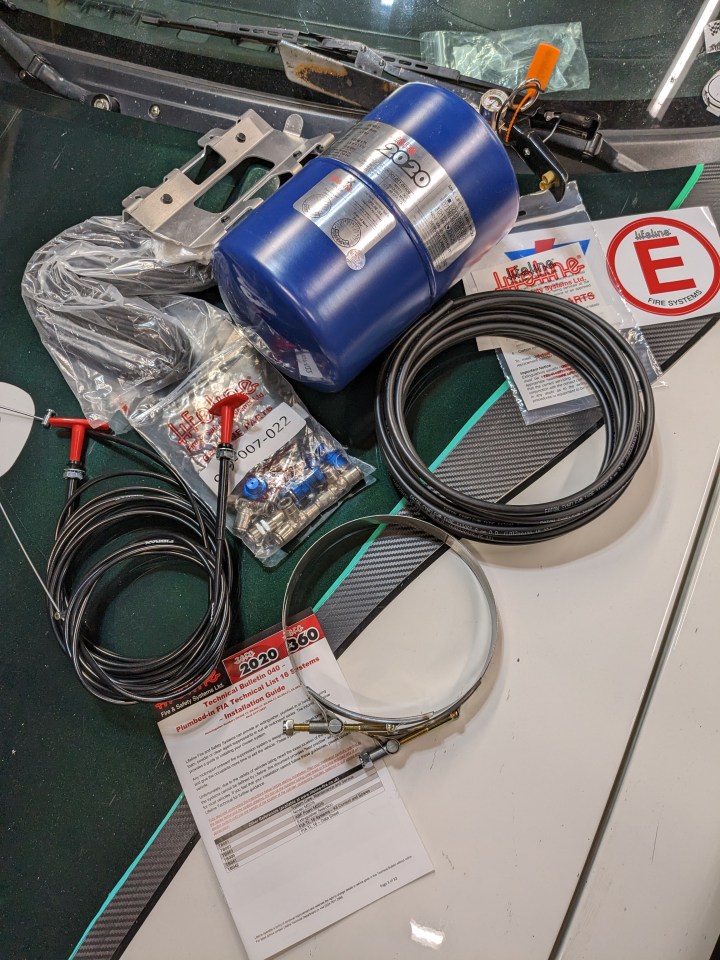
Racing fire suppression system components displayed
The size comparison between AFFF and ABF systems:

Race car fire extinguisher system
Over a 10-year period, maintaining a fire system adds approximately $100 per racing season - a small price for enhanced safety protection.
Related Articles

NASCAR Confirms Safety Rules for Pit Stall Sharing Between Teams

